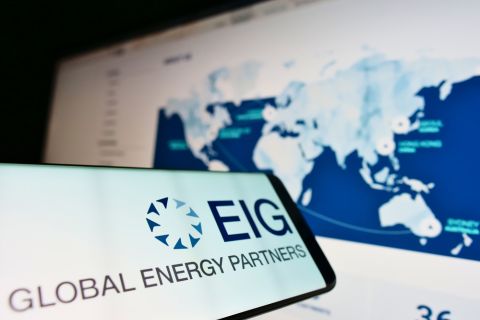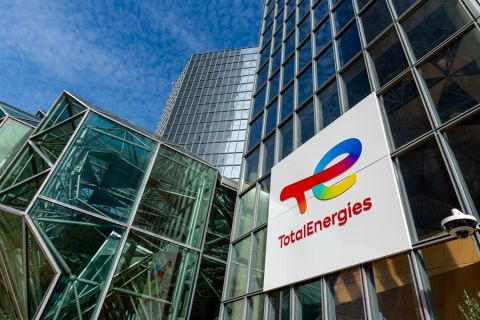Hydraulic fracturing generates one of the most demanding environments in the hydrocarbon industry for human and mechanical assets. Pressure pumpers paid by the stage or pump hour make every effort to keep their equipment operating 24 hours/day avoiding non-productive time (NPT). Any reduction in repairs, maintenance or equipment swap has a direct impact to the time equals dollar equation, and this space has every single manager’s attention.
Over the near term, highly impactful capex items like dual-fuel technologies, gas turbines, electric systems, large-bore manifolds and high-pressure flex hose have taken center stage. These advancements in power, size and rates increasingly contribute to erosion and wear on ancillary iron, necessitating forward thinking on how to ensure these critical components match performance of the overall systems.
Think deeper
Gilmore’s history and expertise lie deep beneath the surface where harsh environments and critical service are the norm. We have adapted our subsea valve technology for the rigors of hydraulic fracturing to extend the performance, life and economics of pressure pumping operations by increasing maintenance intervals and reducing labor and NPT associated with check valves.
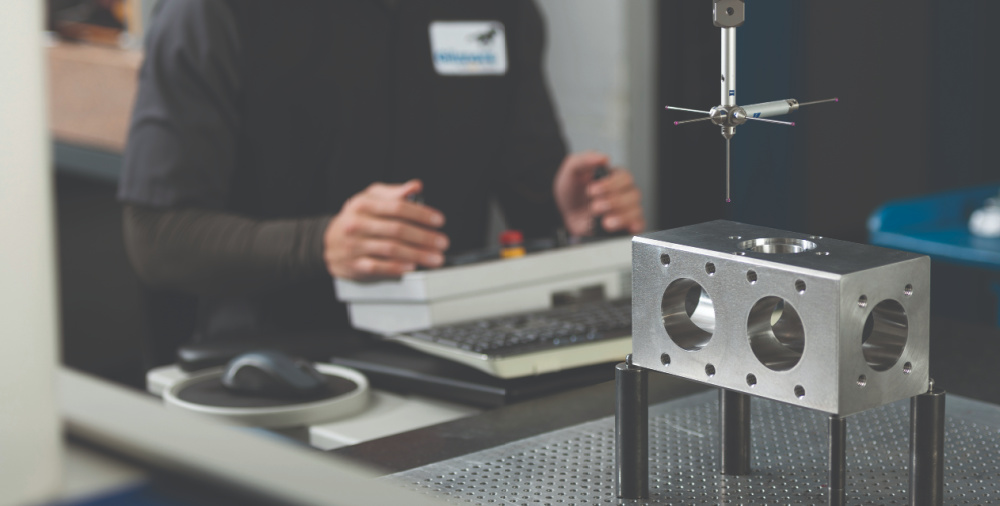
Generally, standard clapper check valves have a continuous operating life of 60-100 pump hours before repair or maintenance, depending on operating and treating conditions. Scheduled and unscheduled repairs on these types of valves often occur multiple times a week over the course of a 30-day 4-well pad. This inefficient use of time and energy is no longer necessary due to our advancement in materials and design, and the operating life of Gilmore products.
Gilmore Agiliti™ over fragility
Our Gilmore Agiliti™ check valves are designed for continuous operation through 125-plus stages or 400-plus pumping hours at plus or minus 2.5 lb/gal sand concentration before repair or maintenance. This extended operating life should enable pumpers to complete an average 4-well pad without the need to stop and service or repair check valves, something that has not been achieved to date.
Less time repairing, maintaining, swinging hammers and lifting are all tangible benefits for pumpers and their crews. That time and sweat can be utilized in more critical areas that add value to the bottom line: perhaps repairing more costly items or adjusting crew sizes.
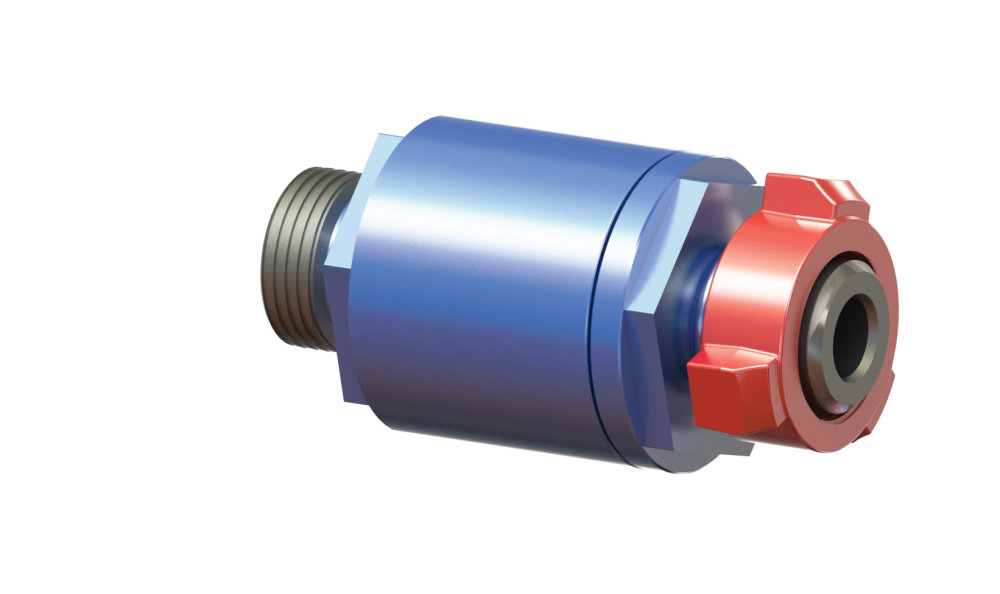
The numbers add up
We formulated our design and a thorough four-phase trial program over one year ago with six prototype valve bodies and a modular setup that allowed for continuous improvement and augmentation along the path of development. In our most recent field trial, we tested two check valves at over 10,000 psi, 100 BPM and 5 lb/gal split stream sand concentration and achieved over 300 hours continuous pump time before pulling the valves for evaluation. Our commercialized products utilize even more elite material for maximum strength and erosion mitigation, and we fully expect them to outperform competing products consistently based on field trial and industry performance data.
We exceeded our initial performance goals and we intend to pursue our stretch target of 500-plus hours of non-stop service between repairs. Our valves require special tooling for R&M, so therefore are not field repairable. Our commercial model will be a rental agreement whereby we manage our clients’ inventories and deliver the required units to location prior to, or between, pad moves before the next job. We have designed fit-for-purpose pallets and tools for transportation, storage and managing our valves efficiently on location.
Our philosophy remains to streamline our provision of valve solutions to our customers’ operations such that we enable them to focus on their principal priority—in this case placing sand in shale formations. After all, we keep operations flowing™.
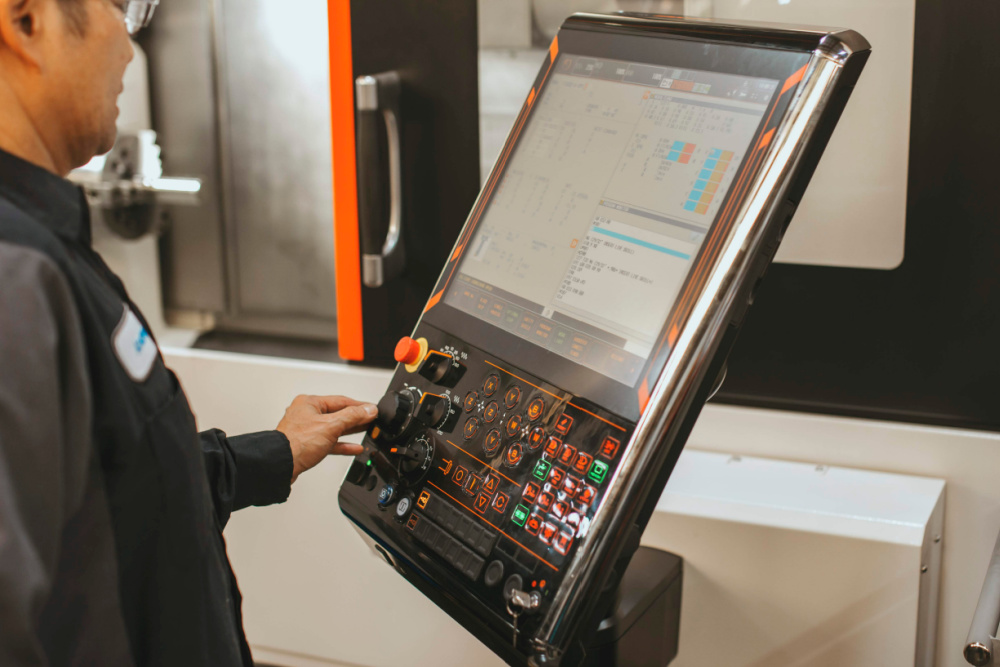
ESG impact
The advantages of our Gilmore Agiliti™ valve portfolio don’t end there. Long life, durability and a robust remanufacturing strategy translate to much more benefit with much less waste. Our environmental impact and carbon footprint are greatly reduced by our ability to achieve considerable performance enhancement, less frequent repairs and replacement of our valves, and our ability to remanufacture our products, thus significantly increasing the product life.
An independent carbon emissions consulting firm calculated that just one of our check valves can save more than four tons of CO₂ equivalent over a single year product lifespan when compared to an existing industry standard product—equating to a 38% reduction in emissions. This is the kind of full impact that can be generated by Gilmore straight through the service provider right to the operator’s direct footprint. And we are proud to deliver it.
The world needs greater energy security in these volatile times. Operators, pressure pumpers and service companies work in unison to contribute to the safety and success of the U.S. shale revolution and will continue to advance technology wherever possible. We are making more, with less.

About the author: Jean Louis Doguet is vice president of unconventional solutions at Gilmore.
Recommended Reading
Ithaca Energy to Buy Eni's UK Assets in $938MM North Sea Deal
2024-04-23 - Eni, one of Italy's biggest energy companies, will transfer its U.K. business in exchange for 38.5% of Ithaca's share capital, while the existing Ithaca Energy shareholders will own the remaining 61.5% of the combined group.
EIG’s MidOcean Closes Purchase of 20% Stake in Peru LNG
2024-04-23 - MidOcean Energy’s deal for SK Earthon’s Peru LNG follows a March deal to purchase Tokyo Gas’ LNG interests in Australia.
TotalEnergies to Acquire Remaining 50% of SapuraOMV
2024-04-22 - TotalEnergies is acquiring the remaining 50% interest of upstream gas operator SapuraOMV, bringing the French company's tab to more than $1.4 billion.
TotalEnergies Cements Oman Partnership with Marsa LNG Project
2024-04-22 - Marsa LNG is expected to start production by first quarter 2028 with TotalEnergies holding 80% interest in the project and Oman National Oil Co. holding 20%.
ChampionX Acquires ALP to Grow Digital Solutions Portfolio
2024-02-28 - Artificial Lift Performance Ltd. specializes in software designed to maximize production and extend the life of artificial lift equipment.

